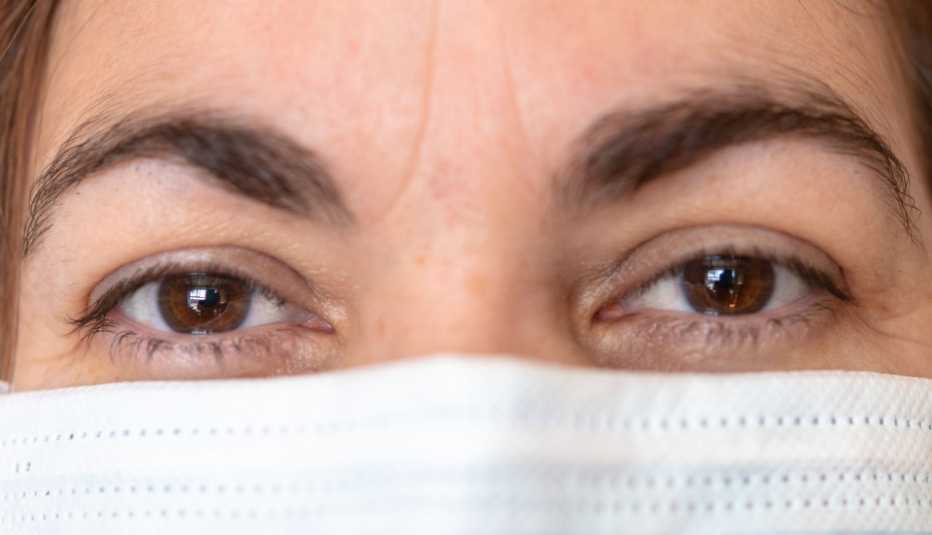AARP Hearing Center


By now, face masks have become a part of our daily wardrobe, offering a sense of security by denying potentially deadly airborne virus particles entry into our nose and mouth.
But a recent bit of news has become something of an eye-opener: A few weeks ago, virologist and epidemiologist Joseph Fair, appearing on NBC's Today show from a hospital bed, claimed he had contracted COVID-19 through his eyes. Fair said he'd been aboard a packed flight from New York City to New Orleans and believed he was taking “max precautions” — wearing a mask and gloves, and diligently wiping down his seat. But his eyes were exposed. “You can still get this virus through your eyes,” Fair asserted, “it's the best guess I have of probably how I got it.”
Four months earlier, Wang Guangfa, a respiratory specialist at Peking University, was infected by the coronavirus after coming into contact with patients in the Chinese city of Wuhan, with a mask covering his mouth and nose but without eye protection.
All of which begs the question: Are we putting ourselves at risk by leaving our eyes exposed? Can we actually catch the coronavirus through our eyes? It may be possible, says John Brooks, M.D., chief medical officer for the Centers for Disease Control and Prevention (CDC) COVID-19 response. “The virus could enter the body through mucous membranes that cover the white parts of our eyes,” says Brooks, “but it would be very hard to prove.”
To be sure, infectious diseases, in general, can be transmitted through various routes, the eyes included. When a person who is infected coughs, sneezes or talks, the virus can travel in tiny particles from their mouth or nose into another person's face. “These droplets are most likely to be inhaled through your nose or mouth, but they can also enter the body through the eyes,” says Viral Juthani, M.D., assistant professor of ophthalmology and visual sciences at the Albert Einstein College of Medicine in New York City. “You can also become infected if you touch a contaminated surface that has coronavirus on it, like a handle or doorknob, and then touch your eyes.”

































































More on health
This Is What a Coronavirus Infection Feels Like
CDC expands list of COVID-19 symptoms and emergency warning signs
List of Coronavirus-Related Restrictions in Every State
Most states have dropped COVID-related restrictions